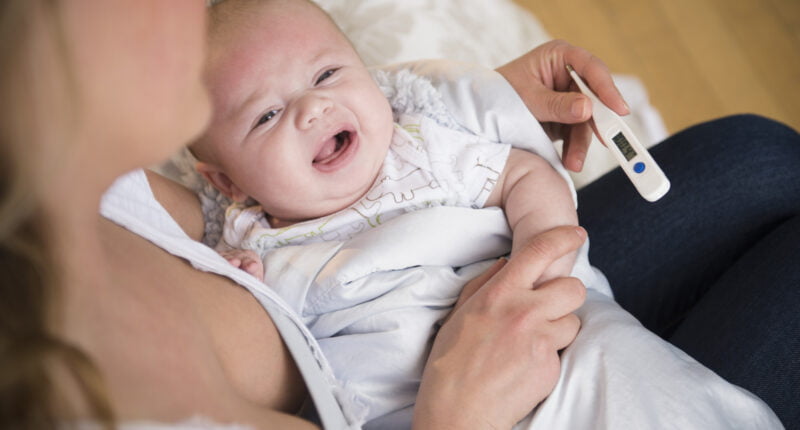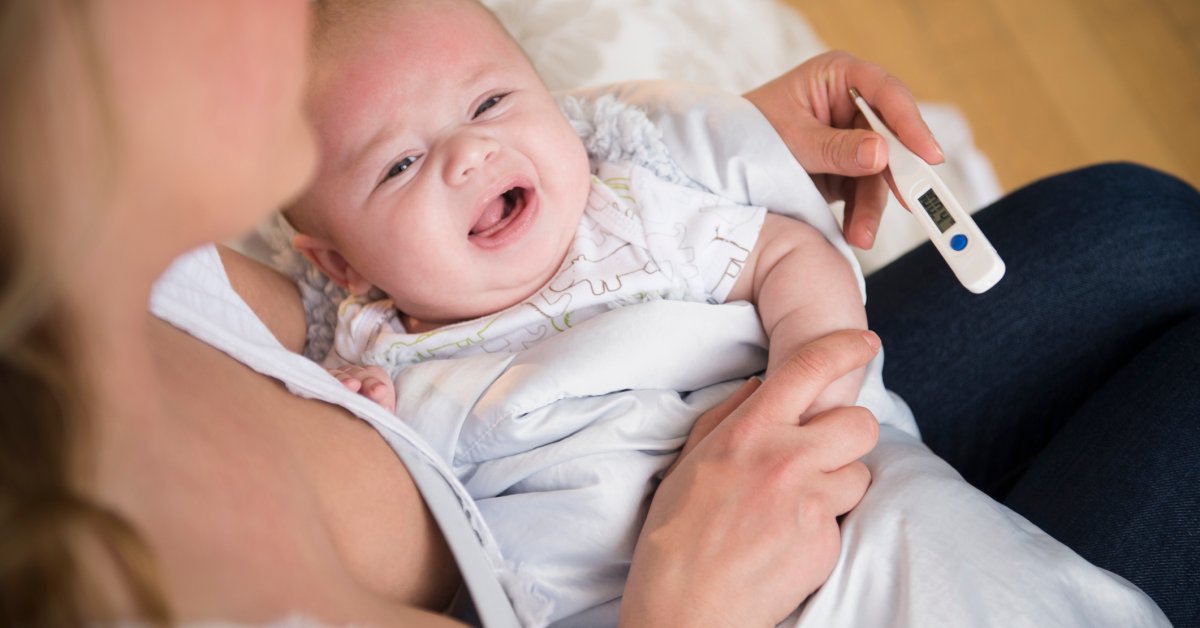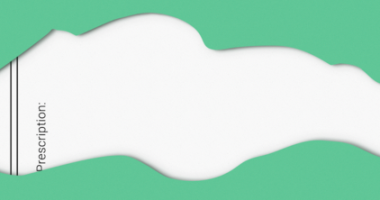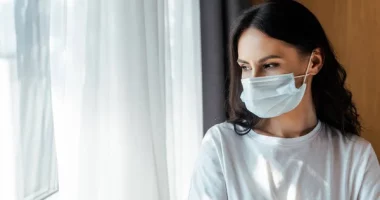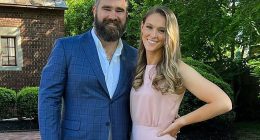RSV Cases Are Rising – On top of continued concerns about COVID-19 and the anticipated wave of flu cases this fall and winter, health experts are also confronting another infectious disease: Respiratory syncytial virus (RSV).
RSV typically strikes during the colder months, when people gather indoors and are more likely to spread disease through close contact and respiratory droplets. It’s particularly common among infants and young children, as well as the elderly, who are more vulnerable to infections because of their less developed or weakened immune systems.
After years of having no vaccines against the virus, scientists are moving quickly to developing one that could protect the youngest, most vulnerable babies. On Nov. 1, Pfizer reported encouraging results from a trial testing its RSV vaccine for pregnant women and found that it protected infants from the virus after they were born for at least six months.
Here’s the latest on the ongoing RSV surge and the search for a vaccine to help prevent it.
What are the symptoms of RSV?
RSV causes cough, fever, and runny or stuffy nose: symptoms that are very similar to those caused by the common cold, flu, or even COVID-19.
Parents should call their pediatrician if these symptoms get worse after developing, particularly if children start showing signs of having difficulty breathing. What doctors worry about is bronchiolitis, an inflammation of the airways that can compromise breathing. There are some signs that parents can look out for: if their child is breathing faster, or putting more effort into every breath; for infants, the skin around the rib cage or the neck might retract as they try to get more air, or a baby’s nostrils will start flaring. If these things happen, parents should call their pediatrician immediately to assess whether the baby needs additional oxygen, which can be provided in a hospital, or whether the symptoms will pass.
Why RSV cases are so high right now
It’s still early in the season, but doctors at children’s hospitals around the country are concerned by the increased infections they are seeing. It’s not just the number of cases, but also the timing of the wave that’s alarming.
Cases of RSV in the U.S. skyrocketed from the beginning of September until late October: from 1,245 to 7,993, according to PCR test results reported to the U.S. Centers for Disease Control and Prevention (CDC). Typically, RSV cases start growing as the weather cools in the U.S., beginning in the fall and peaking in January. RSV sends about 58,000 children under five years old to the hospital for intensive medical treatments, including hydration or supplemental oxygen. The virus also kills between 100 and 300 kids under age five each year in the country.
But beginning earlier this year, doctors saw RSV cases pick up a different pattern: increasing steadily starting in the spring and remaining consistently high throughout the summer. “People here have been saying that it felt like Christmas in August, because we’ve seen quite a large number of kids with RSV through the summer months,” says Dr. Ron Keren, chief medical officer at Children’s Hospital of Philadelphia.
During the last full week of October, Seattle Children’s emergency department reported that 30% of the respiratory viral tests it conducted were positive for RSV, a percentage that doctors there usually don’t see until the peak of the season, which doesn’t generally occur until the winter. At the hospital’s clinics and urgent care centers, about 20 to 30 people test positive daily, according to hospital officials, and doctors are anticipating more will do so in coming months.
While it’s not clear exactly what is behind the shift, one undeniable factor is COVID-19, which changed how much people interacted. The pandemic forced schools to close and triggered infection-control mandates such as social distancing and mask wearing. Those measures also meant that other respiratory viruses, like influenza and RSV, circulated less. Babies born during the pandemic therefore likely weren’t exposed to the virus until this year, when mask mandates and other pandemic mitigation policies were dropped.
Why more kids are being hospitalized for RSV
According to the latest data from the CDC, rates of hospitalization for RSV, among Americans of all ages, are already about twice as high as last year, and nearly five times as high as during 2019-2020, when the pandemic kept rates down.
It’s possible that children are contributing to that trend, since the COVID-19-driven restrictions generated a cohort of young people with a very different immunity profile than they normally would have developed. Because they were born during the pandemic, for example, these babies likely have less immunity to a number of common viruses, including SARS-CoV-2 and RSV. Pre-pandemic, most children got RSV by the time they were two years old, and with each additional infection, they built more immunity and became less sick. But today’s infants and toddlers are “immune-naïve, so they are seeing RSV for the first time,” says Keren. “And usually the first time you see a virus, it’s the worst infection you’re going to have.”
Most children will be able to fight off RSV within a week, but those with weaker immune and respiratory systems may struggle a bit more and need hospital-based care. Children who have difficulty breathing might need to be hospitalized for additional oxygen given through a nasal tube, while other infants may also need to be rehydrated if they haven’t been eating or drinking.
How to test someone for RSV
Doctors can test for RSV, and more physicians are likely to do so this year to distinguish RSV from COVID-19 or the flu. Doctors encourage parents with sick children to streamline the process by first testing their youngsters at home for COVID-19, since self-tests are easily available and covered by insurance.
“All of these viruses are difficult to distinguish based on symptoms alone,” says Dr. Alpana Waghmare, associate professor of pediatric infectious diseases at Seattle Children’s Hospital. “It’s helpful, in order to protect communities, to know what we are dealing with.”
Parents who are worried about whether their child might have RSV should call their pediatrician first to assess the condition before rushing to the emergency room.
Are there vaccines or treatments for RSV?
While people can get vaccinated against the flu and take antiviral treatments for it, no vaccines or therapies are currently available for RSV. But that may change as early as next year.
On Nov. 1, Pfizer reported that its RSV vaccine, which is given to pregnant women in order to protect their babies once they are born, was nearly 82% efficacious in preventing babies from needing medical attention due to RSV through their first three months. By six months, the shot was still about 69% protective. The latest data, which have not been published yet, involved more than 7,400 pregnant women in 18 countries, including the U.S., who were randomly assigned to receive the vaccine or a placebo.
The vaccine takes a pre-emptive approach by having the mother develop an immune response to the virus, which she passes on to the baby. Such maternal immunization might prove more efficient at protecting newborns, since developing safe and effective vaccines for them requires more stringent steps to ensure the shots aren’t compromising their still-developing immune systems. Based on the positive results, Pfizer stopped enrollment in the trial and plans to request approval of the vaccine from the U.S. Food and Drug Administration by the end of the year. Other RSV vaccines are also currently being tested.
Currently, there’s only one RSV therapeutic, called palivizumab (with the brand name Synagis). It is only prescribed for kids at the highest risk of developing RSV, including premature babies and those born with congenital heart and lung conditions. Doctors can prescribe a series of monthly shots that start in September, just ahead of virus season, and continue until spring. The shots contain a monoclonal antibody that blocks the virus from causing infection and can help prevent vulnerable babies from getting infected.
The majority of children, however, are not eligible for the shots, since doctors feel that in most cases, kids can recover from RSV infections on their own in about a week.
What are the best ways to care for children with RSV at home?
“We want people to understand that they shouldn’t freak out and shouldn’t panic,” says Keren. “There are easy things to do to take care of infants with RSV to make them comfortable.”
That includes helping to relieve any nasal congestion. Pediatricians can teach parents how to suck any mucous out of babies’ noses with small suction bulbs. Sitting the infant in a steamy bathroom after a hot shower can also help to relieve some of the airway pressure. Most importantly, doctors say babies need to stay well hydrated, since they often stop feeding or drinking when they start feeling sick or can’t breathe well. “For RSV, most of the time parents pretty much have to let it run its course,” says Dr. Felicia Scaggs Huang, associate director of infection prevention and control at Cincinnati Children’s Hospital.
While the 2022-2023 season may be a severe one for RSV, doctors say the vast majority of children will be able to overcome their infections without needing hospital care. The best way to protect young children is by vaccinating them when they become eligible against the diseases they can be immunized against, including flu and COVID-19, and making sure that everyone in a family with infants who can’t be vaccinated are up to date on all of their shots. “I am the parent of an infant and a toddler, and my kids are fully vaccinated,” says Scaggs Huang. “Vaccines are a safe and effective way to prevent severe respiratory infection in kids.”
Source Home Page
